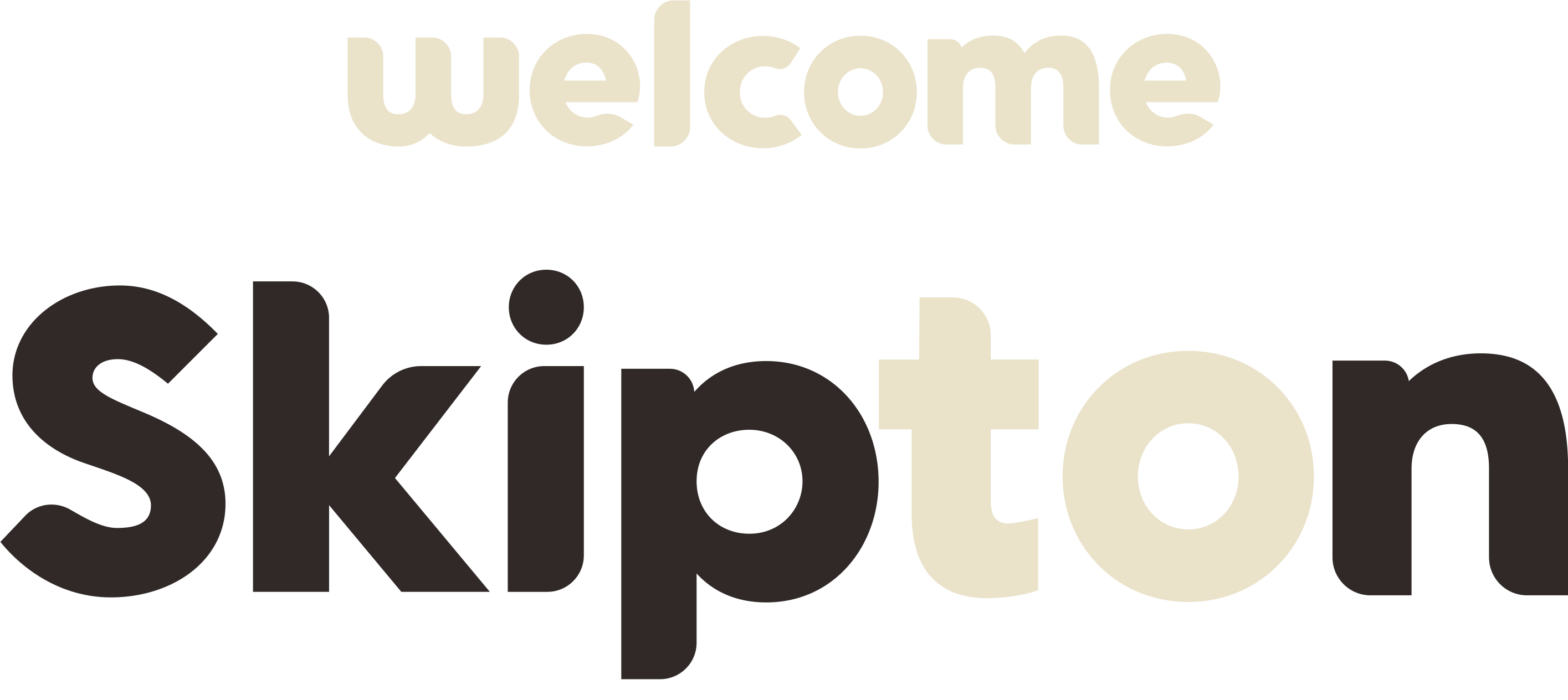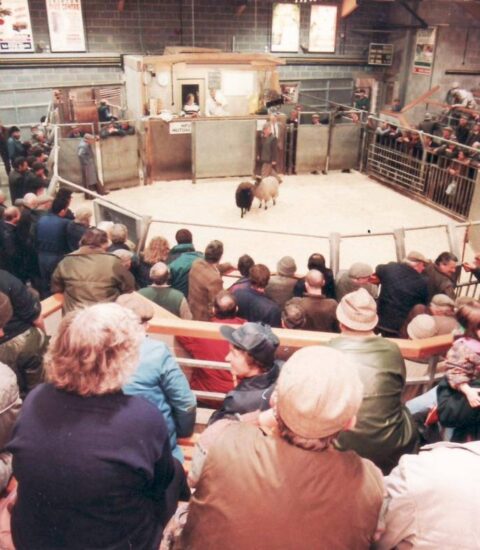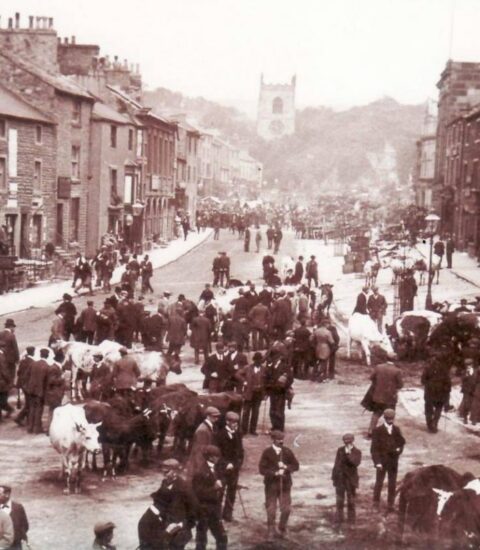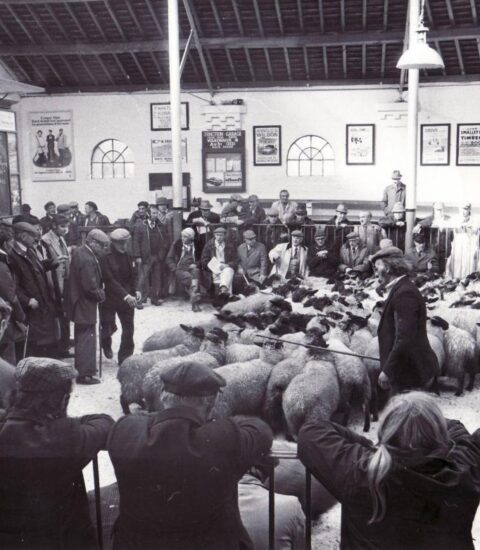Description
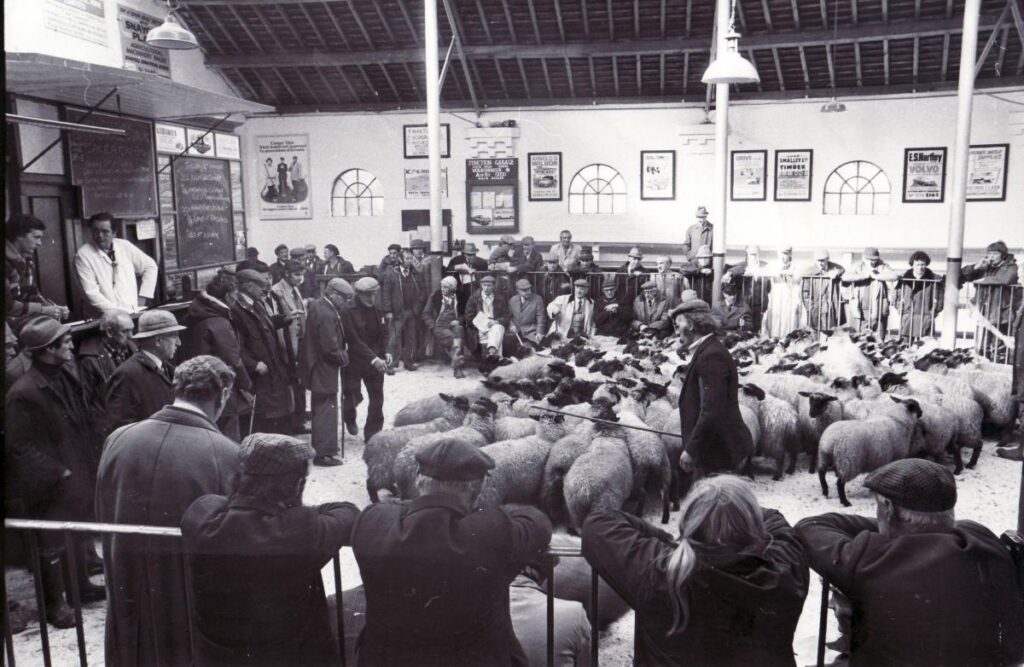
Skipton Auction Mart hosts a selection of Pedigree Sheep & Cattle Sales throughout the year and it is one of the leading auctions in the country for working sheepdogs, attracting sellers and buyers from across the UK and Ireland.
Cattle markets had been held in Skipton for centuries. Initially they were held on the High Street, with cattle and sheep overflowing into adjoining thoroughfares. There was no auctioneer in those days; bargaining was done on an individual basis – often after protracted argument – and the deal would be sealed by the shake of a hand.
And it was not only livestock “sold” there. The High Street was the venue of the popular hiring fairs – when would-be haytime workers, notably Irish men, would parade up and down while farmers cast a critical eye over the strength of their back and forearms. Offers were made and deals would include lodgings, food and an hourly or weekly rate.
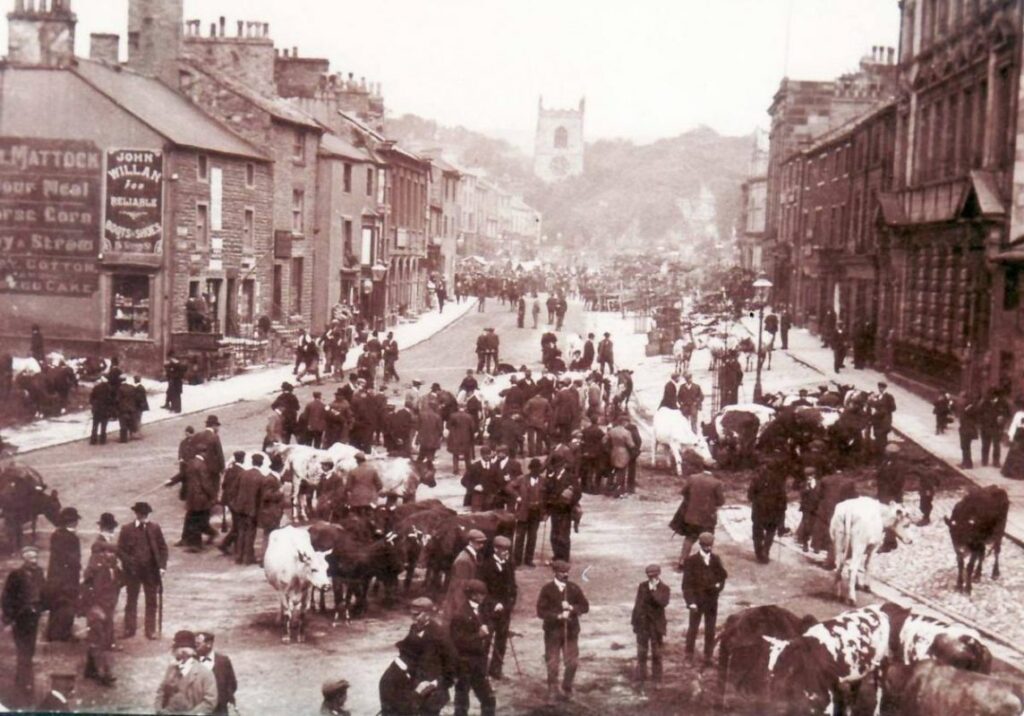
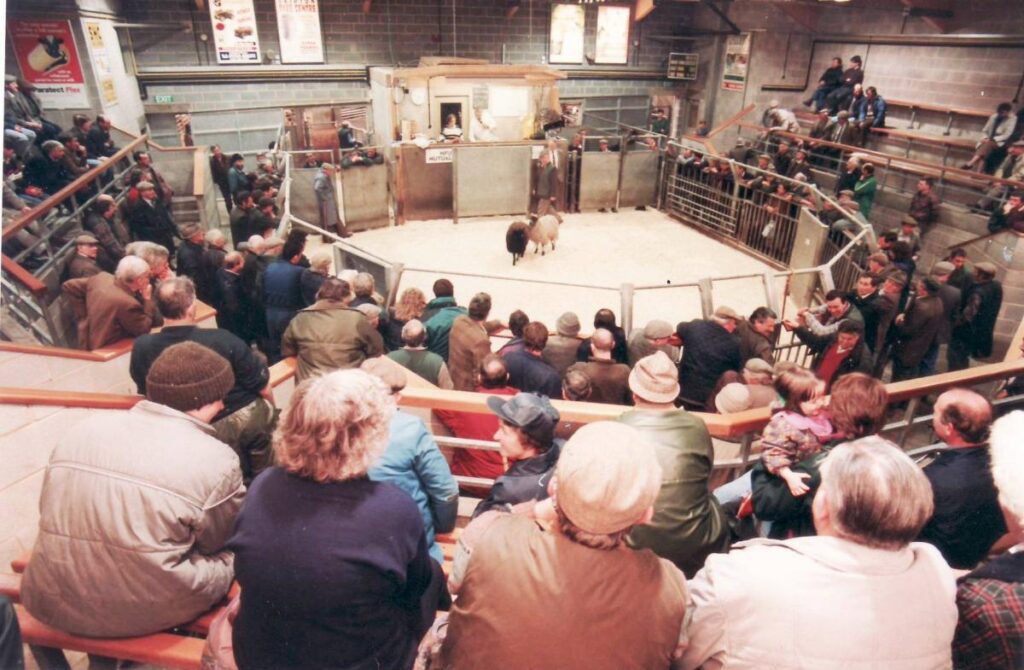
Later, sales were moved to an open air market behind the town hall in Jerry Croft – now one of the town’s main car parks.
The first official Skipton Auction Mart was held on Monday, July 5, 1886, a date that is celebrated today with the town’s annual Sheep Day carnival. John Throup and WH Davis organised the first official sale of 81 fat sheep, eight fat bullocks and heifers, one springing heifer, an in-calf cow, two bulls and a couple of carts.
Subsequent sales were held fortnightly, with fat and store stock predominant, and a new auction mart was built on a site on Broughton Road, which is now occupied by Morrisons supermarket.
As farmers starting coming from across the north, the facility expanded to meet demand, but, by the 1980s, it became obvious that further development was required. Parking was insufficient, the sale rings were too small to cope with the large number of sheep, lambs and cattle coming forward and alterations were needed to comply with new welfare regulations.
The current location
After 96 years, the auctioneer’s gavel fell for the final time at the Broughton Road mart in 1990. The cost of the new and current mart was £3 million and the work involved removing around 100,000 tons of earth, bringing in 100,000 tons of stone, topping it with 16,000 tons of concrete and installing miles of tubular fencing to create pens.
Designed by local architect James Wales, of Wales, Wales and Rawson, and built by another local firm JN Bentley, the new centre was designed to be a village-like complex with banks, shops, a cafe and parking for cars and animal transporters.
The first sale at the new facility was held on June 25, 1990, and featured newly-calven cows and heifers, calves, prime cattle, sheep and pigs. First to go under the hammer was a Limousin heifer, given by an anonymous donor, with all the proceeds going to Save the Children. It was a farming tradition to give the money from the sale of the first animal to charity in a bid to attract good luck. The heifer was bought by David Bean, Bentley’s contracts director, who returned it to the market for resale. In all, it went under the hammer three times, making more than £1,800 for the children’s charity.
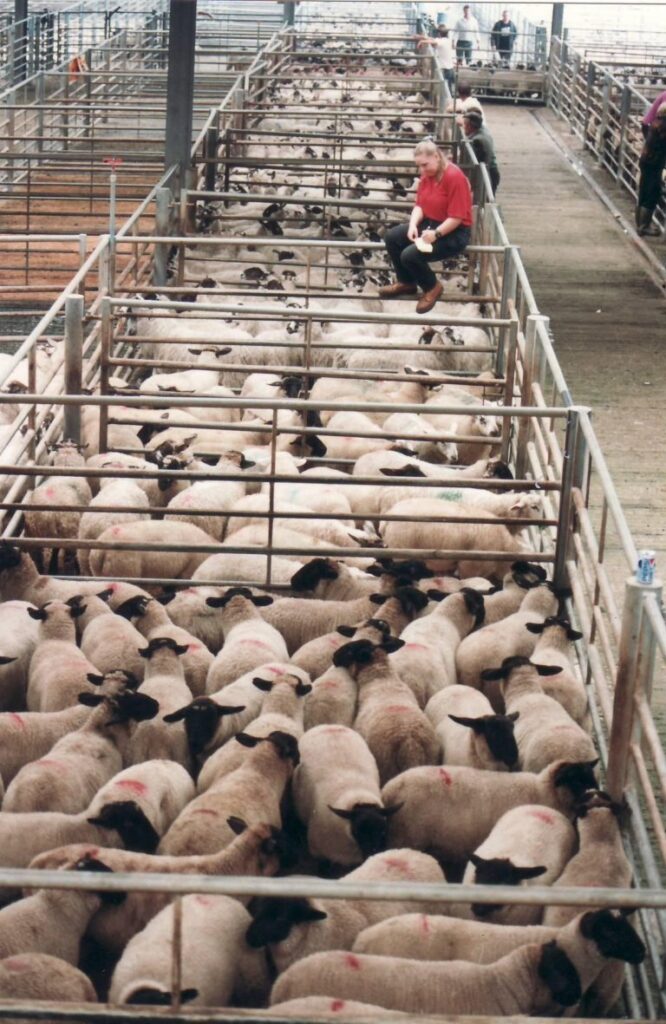
The world’s most expensive sheepdog for £18,900
In February 2020, a two-and-a-half year-old border collie from Northumberland was sold by shepherdess Emma Gray at Skipton auction, breaking all sales records to become the world’s most expensive sheepdog sold at auction.
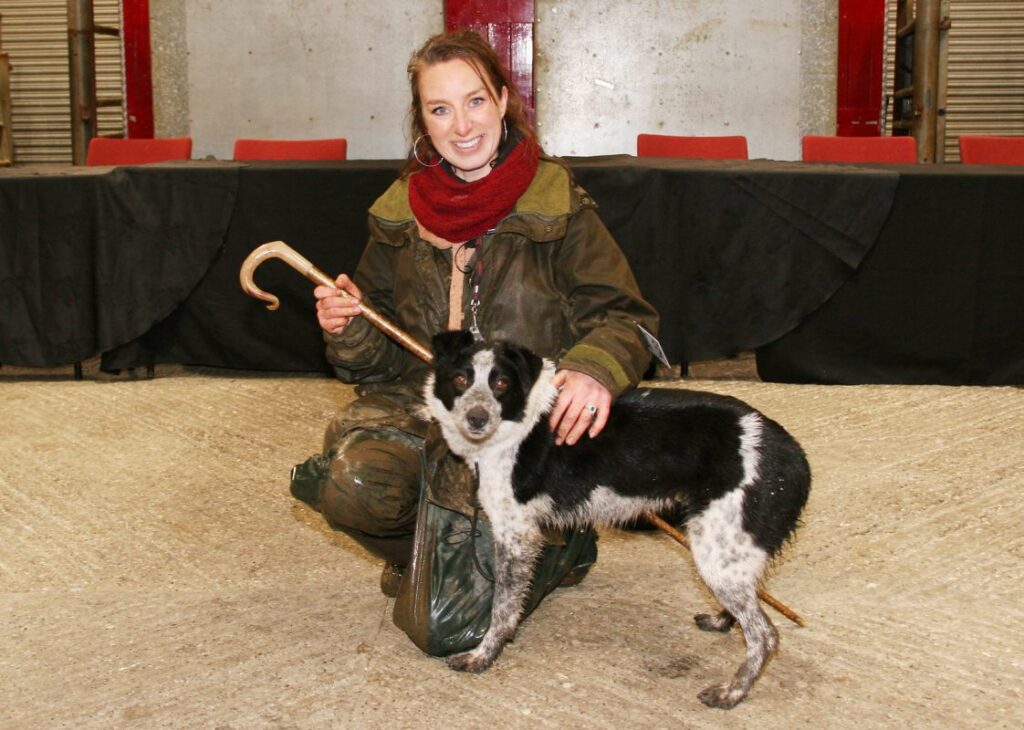
Ms Gray, 33, who farms and trains sheepdogs, has broken her own record set in 2019, when a similar dog sold for almost £15,000. The average price for a working dog is about £2,000.
Visitors can attend the auctions held regularly at Skipton Auction Mart, just be careful about raising your hand unless you want to come away with a new four-legged friend.
